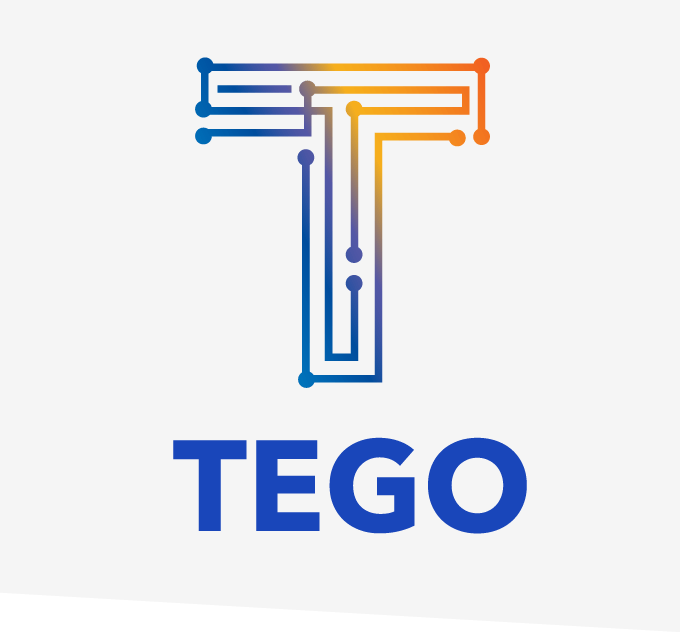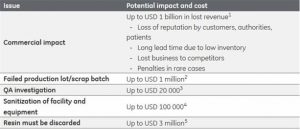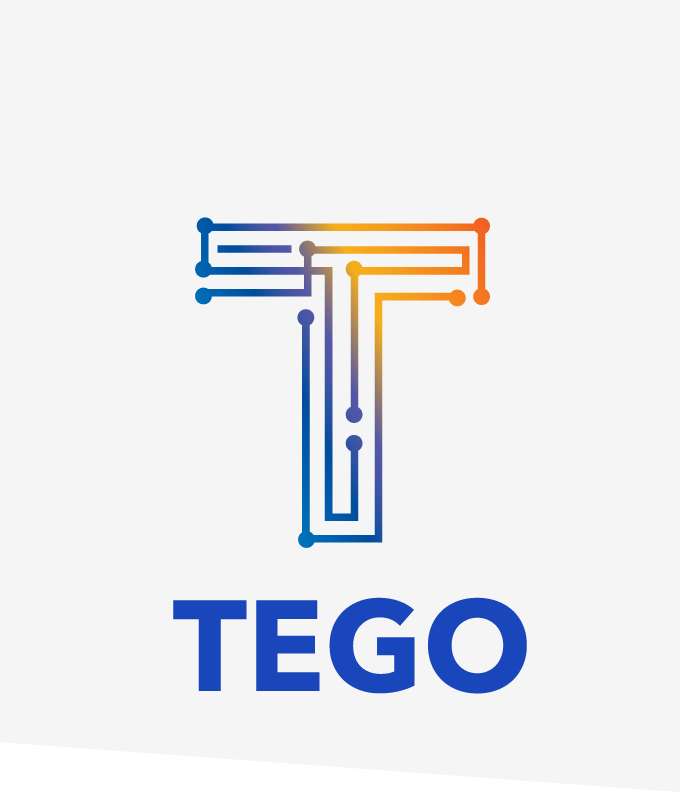The Link Between Asset Management and Skills Gap Mastery: A Q&A with Tim Butler
“… there really is a sociological aspect to all of this, where some companies will spend tens of millions of dollars on a new system that ultimately fails because the workers on the edge won’t use it.”
In a ranging conversation with Ian Wright at Engineering.com, Tego’s CEO Tim Butler touches a litany of vital considerations when it comes to building an APM strategy that drives business metrics that matter. From quality assurance, to productivity, to workforce engagement, it is not just about connecting assets together. It is about making them smart.
In other words, enabling things to be smart means putting data about a given asset on the asset itself. This can be its birth records, maintenance history, operating instructions, or any other information about how, when and why employees have interacted with it. The asset becomes a repository for information, not just an endpoint that’s flowing information to the cloud. Instead, information can be read from and written to the asset throughout its life, without requiring any cloud connectivity.
That is what makes an asset smart.
Highlights from the conversation include:
The real change with the introduction of PCs was an increase in flexibility. Does that apply in this case as well?
Yes. Think about what we learned in the last 30 years: suddenly, we’re walking around with tablets and phones that have levels of connectivity that were unheard of a few decades ago. Now, I can walk up to an asset and interact with it using my phone or tablet. I can query it and get information from it or write information to it; I’m using the functional and analytic capabilities of those tools to actually do analytics right there at the edge.
Cybersecurity is a major concern associated with the IoT. Does the kind of pervasive asset intelligence you’re talking about introduce new security risks?
From our perspective, it actually provides a new layer of security because all these assets are off the grid. We can enable up to 16 different types of access, where some employees have read/write access, others can only read some types of information and still others can only access a different set of information. So, you can partition the information in ways you couldn’t before. The technologies we’re familiar with—in terms of password protection, encryption and authentication—can all be applied here, now that we have the storage to be able to do it.
Do you believe this technology can help address the skills gap in manufacturing? If so, how?
If you’re wondering how manufacturers are going to get the next generation of workers—who typically don’t use pen and paper—to actually use digital information, one of the critical elements is having that information at the source, or the edge.
It’s all about automating the process so that people can do it more easily and efficiently—which brings training costs down—making the information as accessible as possible, and it’s about making the information transferable and usable across the organization.
If you’re giving your workers something that basically turns them into automatons, you’re going to have trouble. The flip side is that you still need to replace them in the next ten years. But, if you enable real data on the edge, you’re starting that digitalization, but the knowledge and experience of your technicians feeds that. Now the older workers are saying, ‘Oh, this isn’t going to replace me. I’m actually going to be able to show people how smart I am, because now it’s much easier for me to broadcast that across the company.’
Read the full article here.
To learn about Tego’s asset intelligence platform for high-value edge computing, visit this page.
To schedule a demo about Tego’s role in local data strategy, contact us here.



